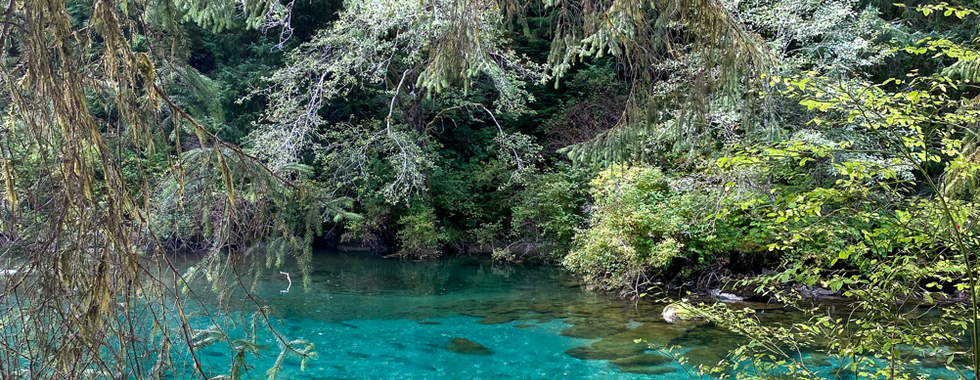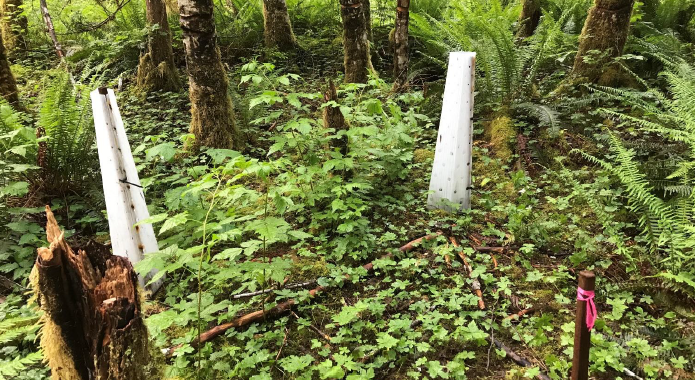$904,000 Riparian and Habitat Restoration Project Nears Completion in Nootka Sound
- Kira Marshall
- Mar 7, 2022
- 2 min read
Updated: Mar 11, 2022
The Nootka Sound Watershed Society (NSWS) is pleased to announce that its 3-year riparian restoration project is nearing completion. After being awarded a project worth $904,010 from the Fisheries and Oceans Canada Coastal Restoration Fund, the NSWS has coordinated the planning, implementation and monitoring of silviculture treatments on the Sucwoa, Tahsis and Leiner-Perry Rivers near Tahsis, the Little Zeballos River near Zeballos and Chum Creek near Oclucje. These watersheds are all located within traditional Nuu-chah-nulth territories, including Mowachaht/Muchalaht First Nation, Nuchatlaht First Nation, and Ehattesaht First Nation traditional territories. The purpose of this project is to contribute to the restoration of salmon populations by creating habitat and environmental features that are critical to salmon. This was done using a variety of forestry practices to improve bank stability and salmon habitat.
The NSWS hired Strategic Natural Resource Consultants to oversee the project with direction from our governing board and Western Forest Products. Two silviculture contractors were involved in the project including Nootka Reforestation Ltd and Adanac who hired local forestry crews from Tahsis, Gold River, Tsaxana, Zeballos and Campbell River. Crews were able to hone their skills in safe and effective riparian restoration techniques.
Over 135 hectares of riparian area received silviculture treatments. These treatments were aimed at accelerating natural forest processes by planting and promoting coniferous tree species (western red cedar and Sitka spruce) which create a long term root network which helps to stabilize stream banks and provide future large woody debris input into streams. They also help to create old growth attributes that support diverse ecosystems that contribute to healthy forests and streams. In all, over 21,000 trees were planted throughout the 3-years of the project.
Historically, forestry practices did not regulate the harvesting of streamside vegetation; however, current day forestry legislation requires riparian zones on all fish bearing streams to be protected and left in their natural state. These protection measures help to maintain and support critical habitat that supports populations of Pacific Salmon, steelhead and trout. Managing forests stands along streams in this manner will ensure the long-term contribution of large wood to streams, reduce sediment released into streams and contribute needed organic components and insects to the river adding building blocks of stream food webs.
We are grateful to have the support of the Mowachaht/Muchalaht, Ehattesaht and Nuchatlaht Nations and acknowledge their continued stewardship of lands within Nootka Sound.














Comments